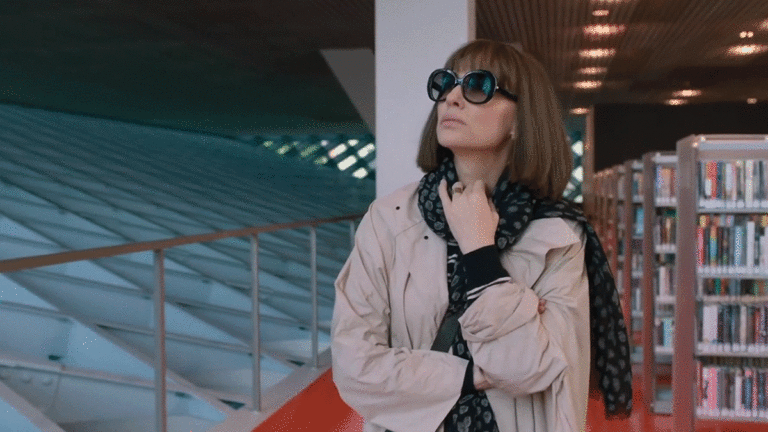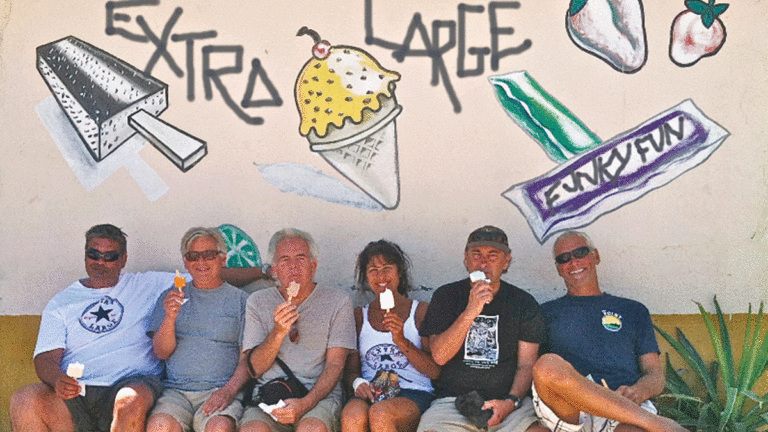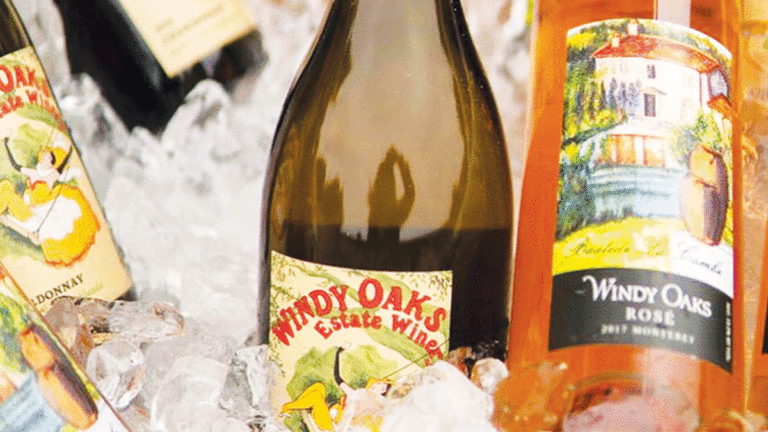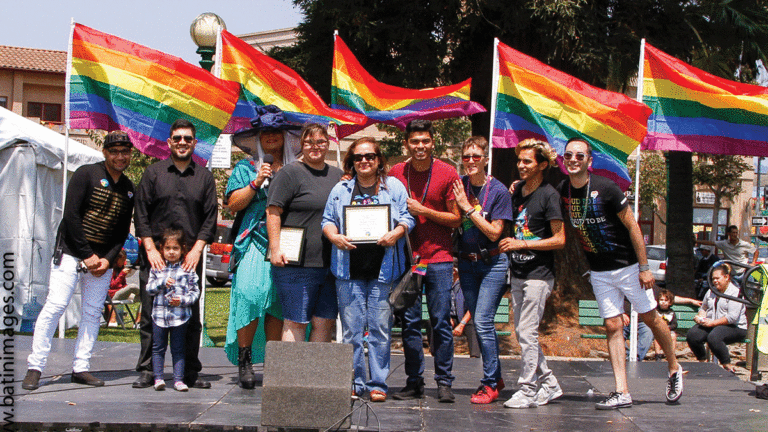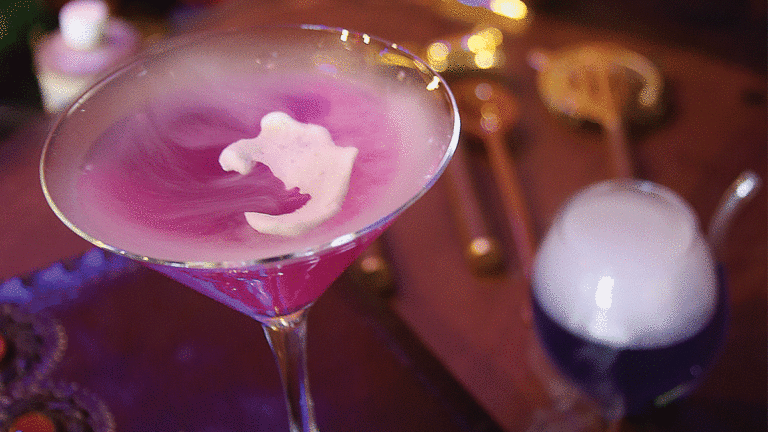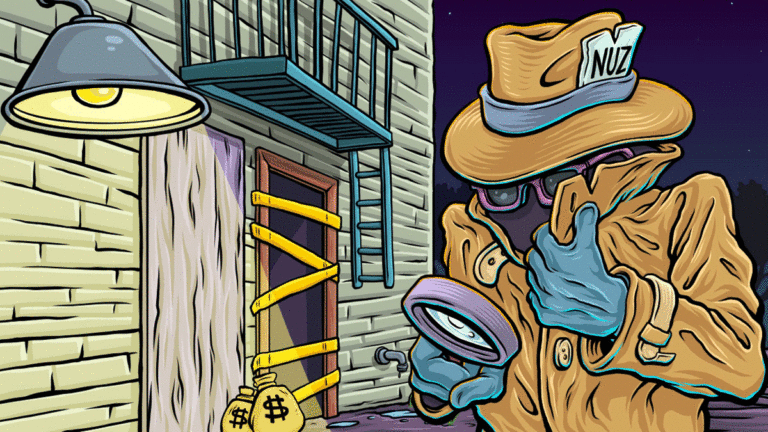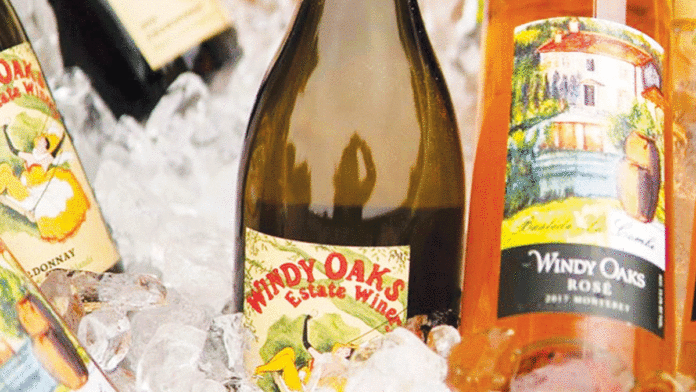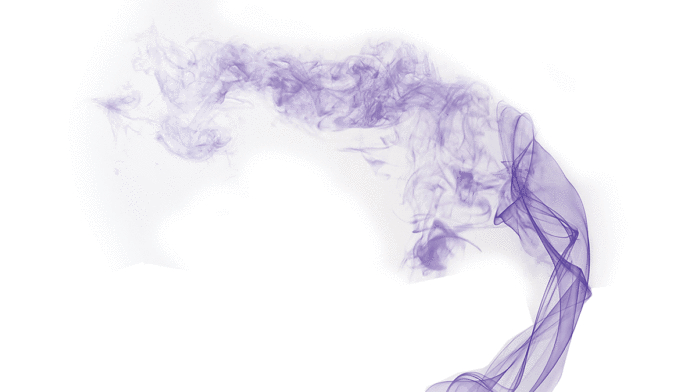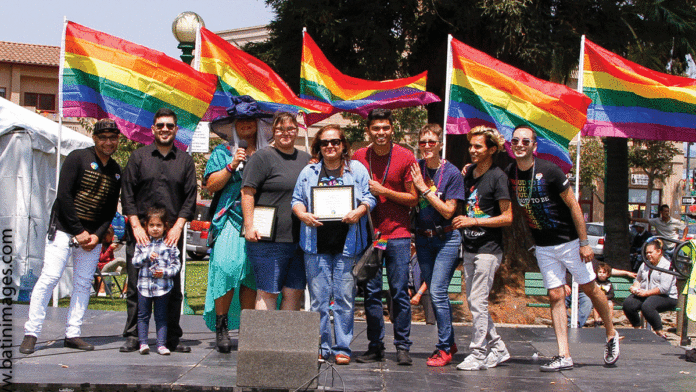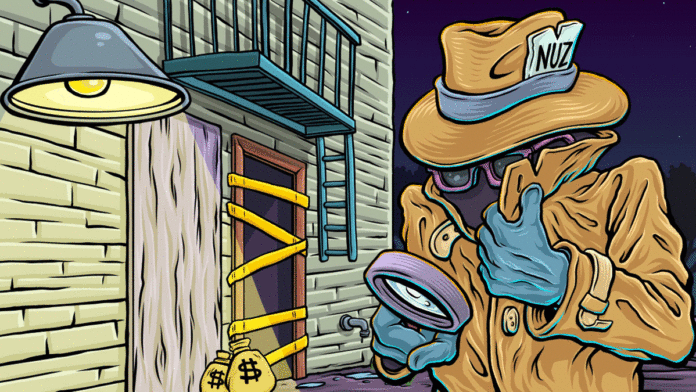My spidey sense always cautions me to be wary of anything that smacks of “Chick Lit”— fraught relationships between mother and daughter or husband and wife; tension between a freewheeling protagonist and her censorious neighbors; lots of shopping. The first few scenes of Where’d You Go, Bernadette seem to tick off all the appropriate boxes—especially with Cate Blanchett center stage in the title role, in full-on ditz mode.
Yes, it’s weird to see patrician, often-austere Blanchett as Bernadette, rattling around the house like Lucy Ricardo, carrying on lengthy sarcastic monologues about her life while ordering stuff on her tablet (she does all her shopping online), then wading through cartons of new purchases. Or feuding with a sniffy neighbor about a mountain of wild blackberry bramble between their two yards.
Blanchett does it well—in fact, she’s terrific in her instant transitions from icy and imperious to flirty to sardonic. But it’s a little disorienting, like watching the young Katharine Hepburn play an airhead in Bringing Up Baby.
Things soon settle down for Bernadette, and the movie. Directed by the ever genre-crossing Richard Linklater from a script he wrote with Holly Gent and Vince Palmo, it’s adapted from the hugely best-selling 2012 novel by Maria Semple. While the book was a comic odyssey about the search for a woman in flight from 20 years of domesticity, Linklater chooses to keep protagonist Bernadette Fox front and center throughout his movie, caught in the throes of suburban life in Seattle with her tech-sector husband and their teenage daughter. The main mystery here is not where she’s gone away to, but how she got here in the first place.
The unfolding of Bernadette’s backstory is the most interesting part of the movie. She’s introduced as “just” a housewife in a somewhat ramshackle old house she shares with husband Elgin (Billy Crudup)—creator of a computer animation program snapped up by Microsoft—and teen daughter Bee (fresh and appealing newcomer Emma Nelson). Easily annoyed, Bernadette dislikes other people, but she’s devoted to her family. Dad works a lot, but mother and daughter are so deeply bonded, Bee calls her mom her best friend. They sing along to Cyndi Lauper in the car, and when Bernadette is challenged by an uptight neighbor (Kristen Wiig), Bee staunchly backs her up.
But like the old paint on the walls, Bernadette’s surprising past life is deftly peeled away. No spoilers here if you haven’t read the book, but her story is revealed in glimpses of video docs, old articles and a smart sequence of dueling monologues when Elgin and Bernadette, in separate conversations, reflect on their marriage.
So the movie is not about Bernadette finding herself, but reclaiming who she once was and bringing that aspect of herself back to life. In Linklater’s design, the title refers not so much to her physical absence toward the end of the story, but to the vacation she’s apparently taken from herself, submerged in family life for the intervening years.
The sitcom elements in the first half get a bit wearying, especially the animosity between the neighbors. Crudup and Blanchett are the same age, but his Elgin seems too young, almost insubstantial a partner for her Bernadette, or it may be that his character’s reserve is outshone by Blanchett’s vivacity.
While the woman-empowering message is not subtle (“If you don’t create, you become a menace to society,” an old friend and colleague bluntly tells Bernadette), it’s worth pondering. And the movie offers up some truly awe-inspiring visuals of towering ice floes dotted with penguins and lounging seals in Antarctica, where the story winds up. Linklater deserves big kudos for capturing this glorious landscape on film, while it still exists.
WHERE’D YOU GO, BERNADETTE?
*** (out of four)
With Cate Blanchett, Emma Nelson, Billy Crudup, and Kristen Wiig. Written by Richard Linklater, Holly Gent & Vince Palmo. From the novel by Maria Semple. Directed by Richard Linklater. An Annapurna release. Rated PG-13. 104 minutes.


